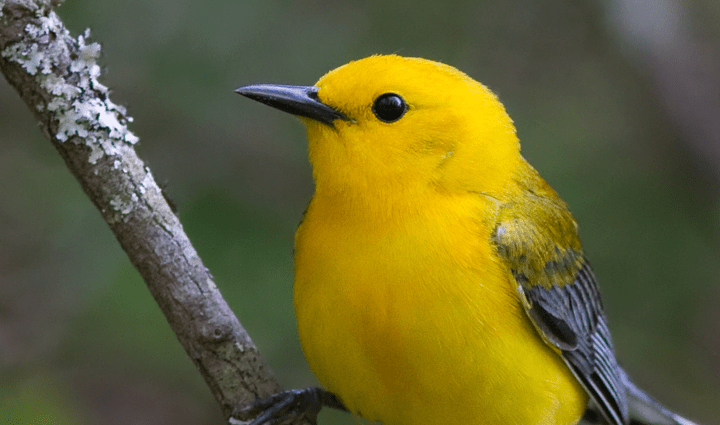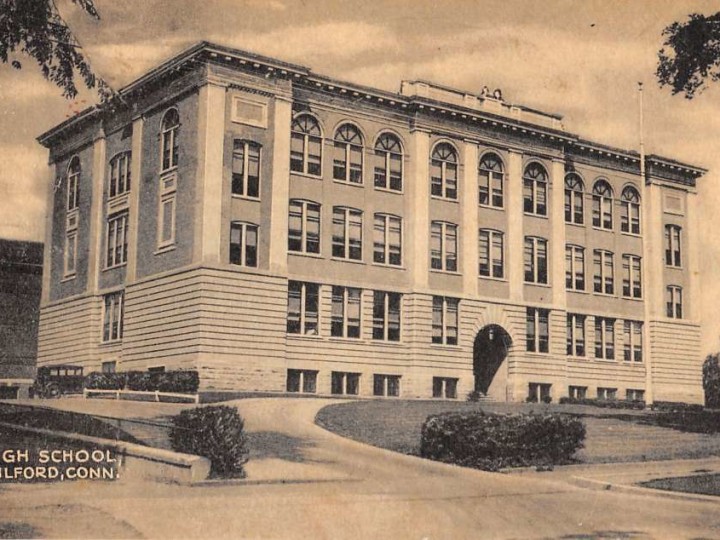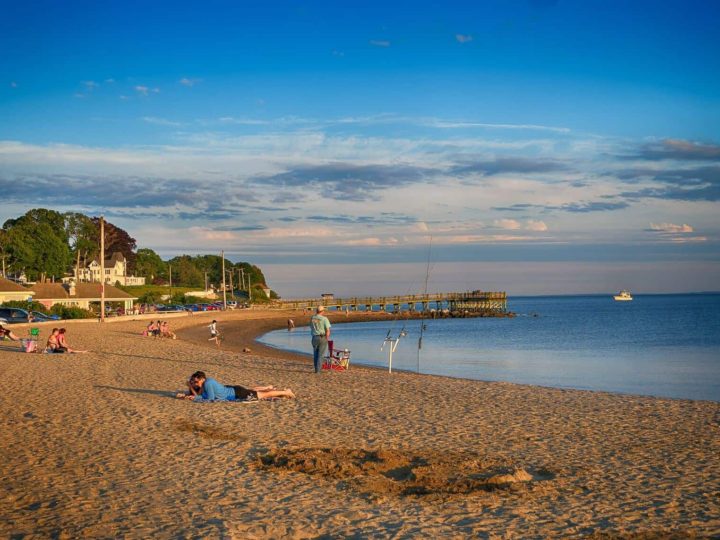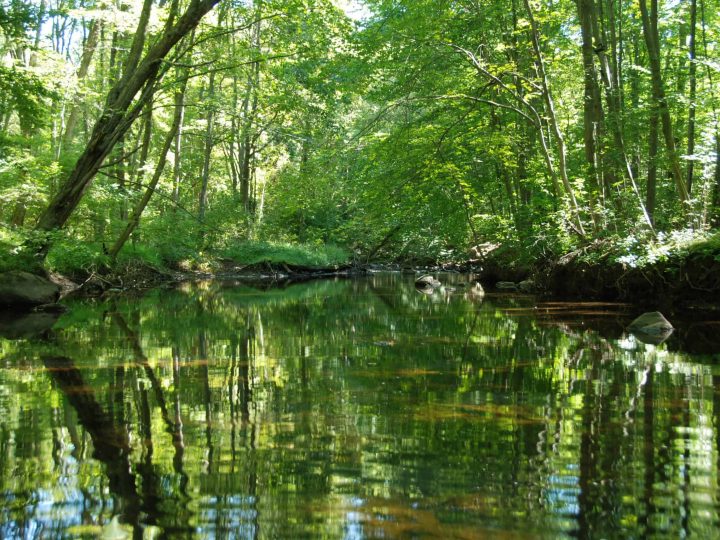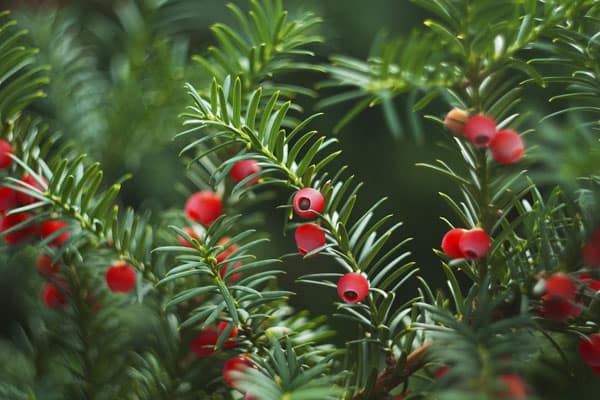
Evergreens are a bright spot of emerald beauty in an otherwise colorless winter landscape. But when plagued by harsh weather or infestation of pests in winter, evergreens can be more drab than fab.
But does it mean the tree is dying? Or is the tree just in need of some TLC?
According to Jeff Delaune, district manager of local tree care company The Care of Trees, “Evergreen trees naturally shed old needles as part of their growing cycle. When buds break and branches elongate, the interior foliage has done its job and will die off. Since trees have a finite amount of energy, they want to prioritize the needles that can get sunlight to complete photosynthesis.”
Typically, if your tree has brown needles on the interior, then that’s part of their natural growing cycle. To confirm that is the case, check if the soil is moist to the touch and ensure there are no signs of an infestation or infection. If your tree passes those checkpoints, it’s likely okay.
On the flip side, if you see brown needles along the tree’s margin or exterior, then you need to investigate more.
Delaune suggests going outside and looking at your evergreens up close. “Keep your eyes peeled for browning,” he says, as there may be causes other than natural shedding.
Why an Evergreen May Turn Brown
-
Winter weather. Evergreen roots rely on water stored in tree needles once the ground freezes. Furthermore, winter’s weather drains the tree’s water supply quickly, causing dryness and brown needles.
-
Sunny days. Needles in direct sunlight turn uniformly brown. People may also see dead or dried bark in areas that receive direct sun. This is called sunscald and is an extra drain on the tree’s resources in addition to winter elements.
-
An infecting intruder. Evergreens attract a few common pests and diseases, such as the pine beetle or cytospora canker. Symptoms include brown needles, small holes, sawdust and/or large cankers leaking white sap.
-
It’s just natural. Evergreens naturally wean out older needles as part of their growing cycle. When higher needles branch out, lower ones blocked from sunlight may die off. Trees have a finite amount of energy, so they prioritize the needles that can get sunlight to complete photosynthesis. This generally happens to needles on the interior of the tree. If the soil is moist and you don’t see signs of an infestation or an infection, the tree is probably healthy!
What’s the Fix?
If your tree is suffering from dehydration, Delaune suggests an anti-desiccant, a waxy coating sprayed on plants to help shield them from moisture loss. This should only be applied when temperatures are at least 40-50°F with no rain expected for 24 hours.
If the tree is experiencing sunscald, wrap bark in burlap to protect them from the elements.
If a tree experiencing these two things gets proper care, it could recover within a season, about two or three months.
But, says Delaune, if a pest or disease is present, a local tree expert or arborist will need to deliver an advanced diagnosis and course of treatment. In many cases, an arborist can help your tree by either using an insecticide or pruning. That will necessitate a timeline that will differ from tree to tree. Ask your arborist if it’s safe to prune browning branches for a better appearance.
—The Davey Tree Expert Company

